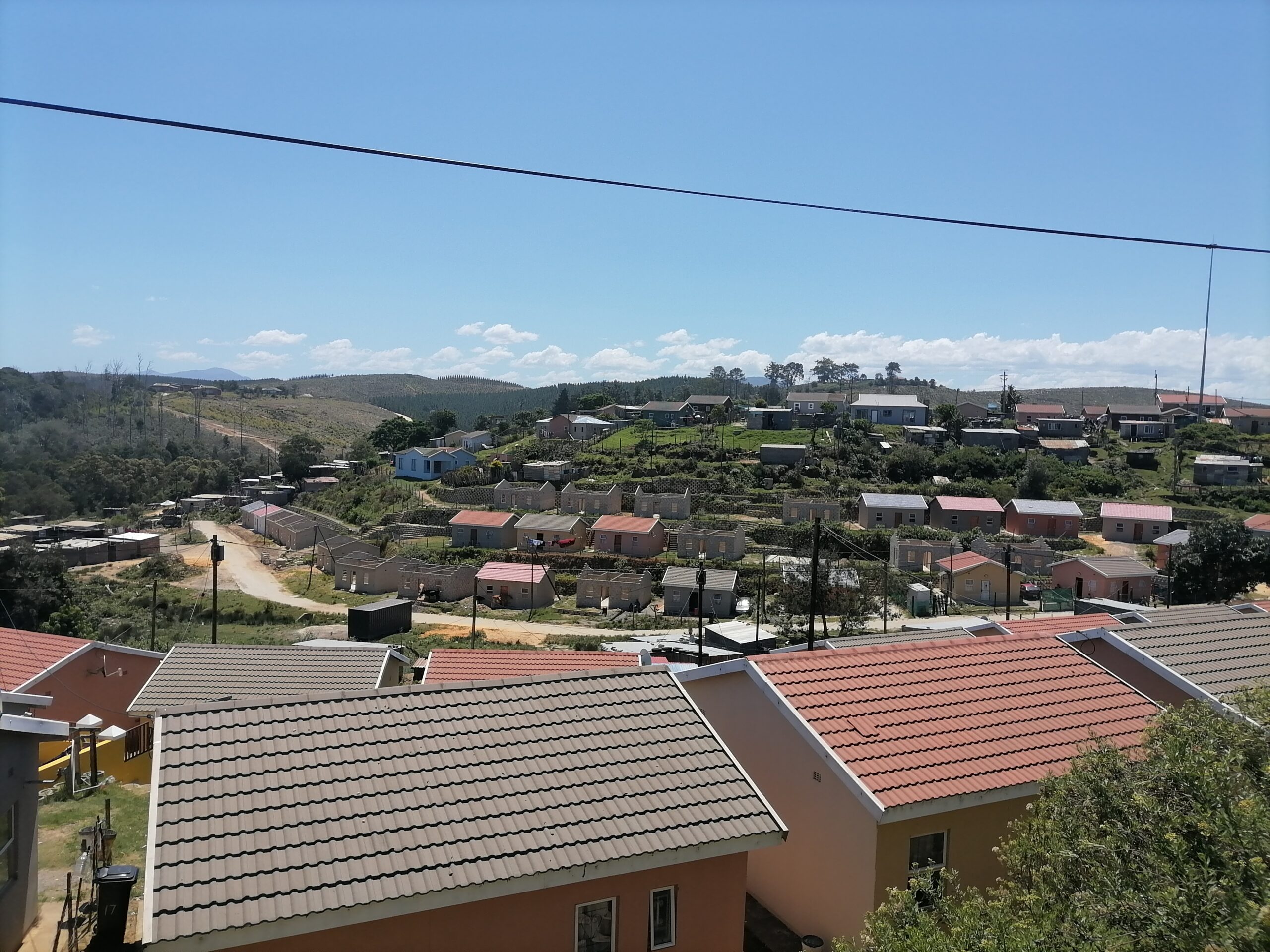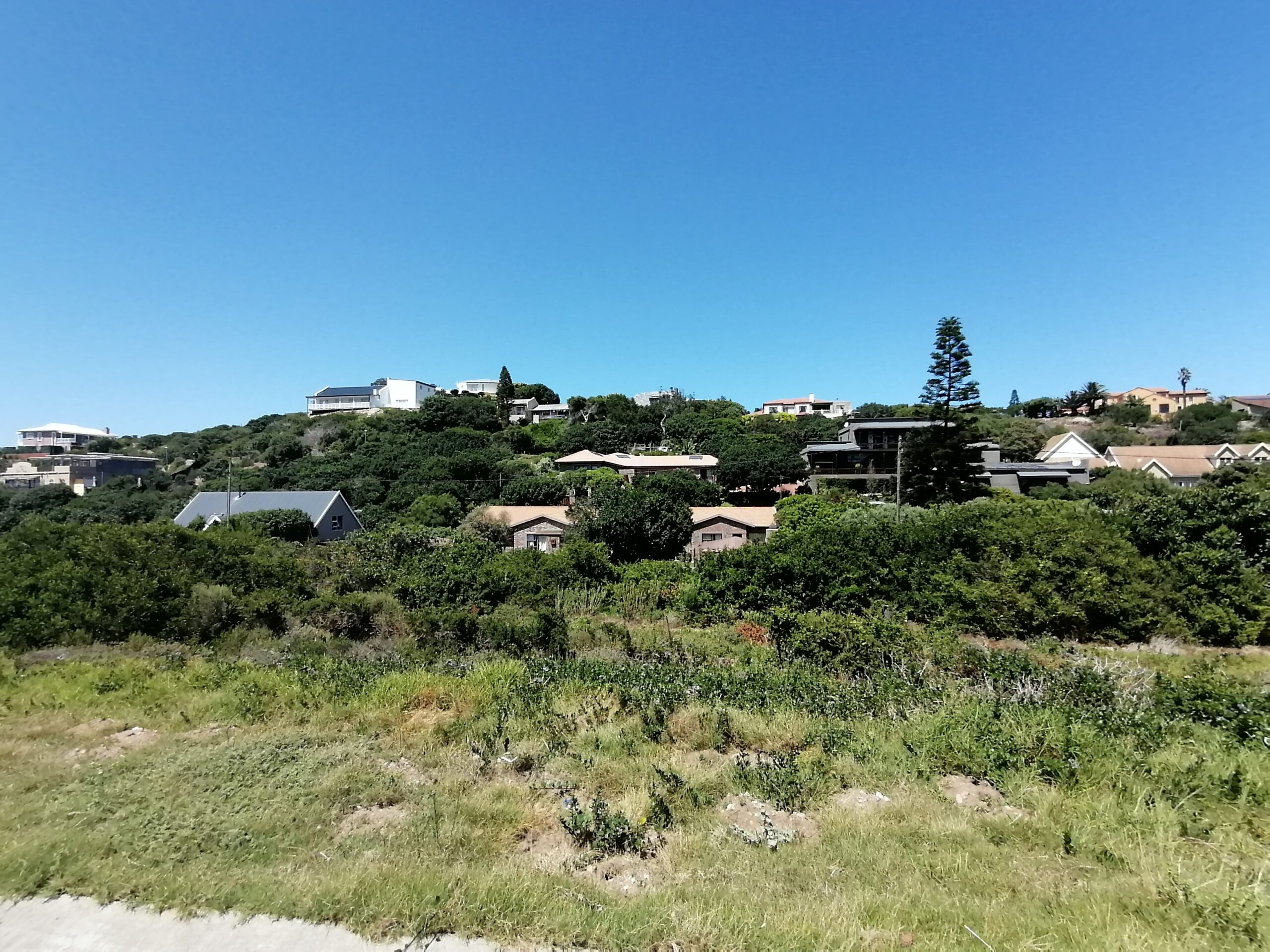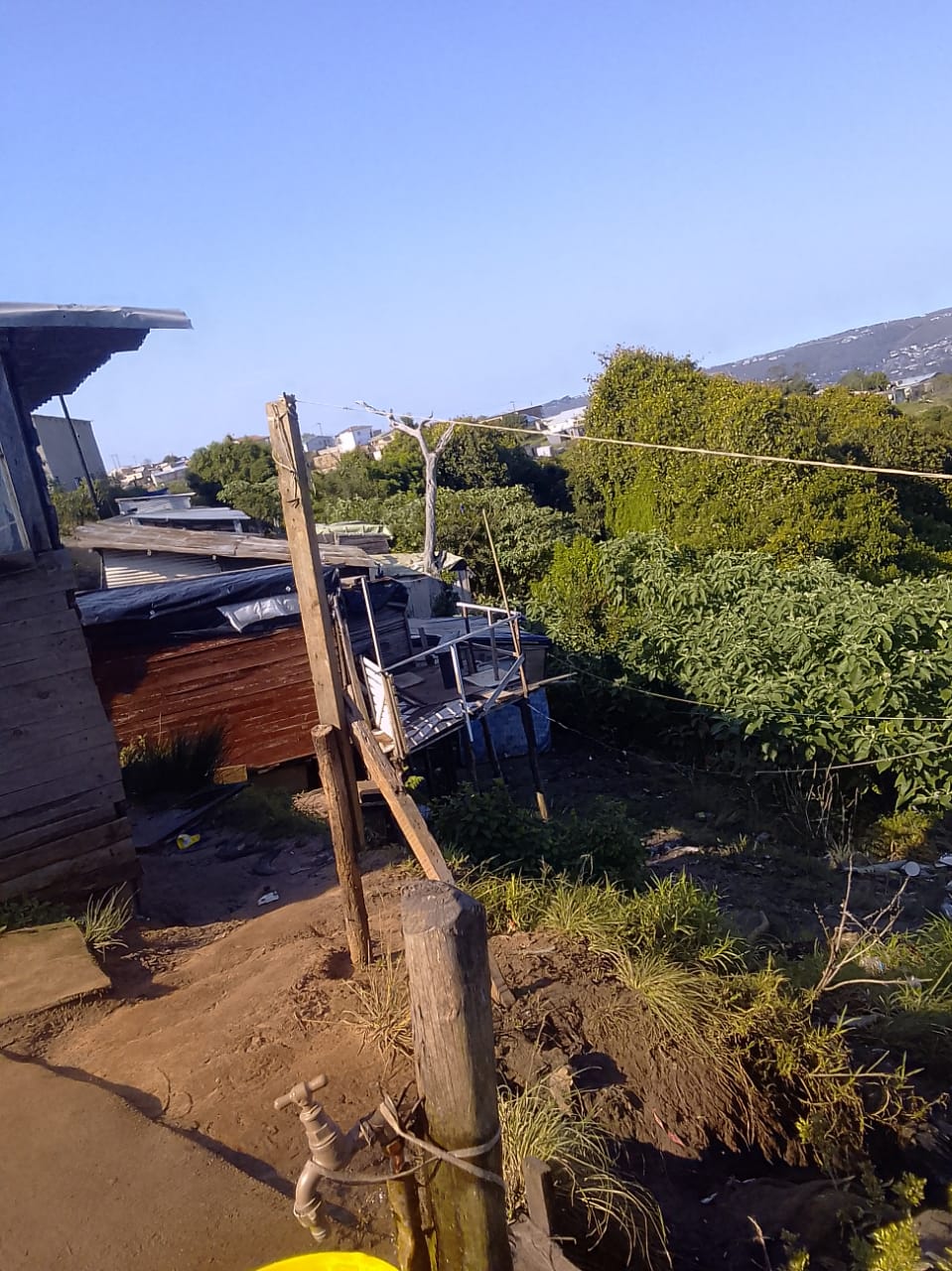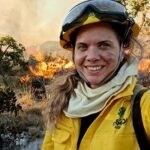The scale and frequency of disastrous wildfires in South African wildland-urban interface (WUI) areas has brought about notable social, economic, and environmental devastations. For instance, the 2017 Knysna wildfire in the Western Cape resulted in the death of seven people, and the evacuation of around 10,000 residents, while destroying approximately 1,000 homes and area of 9,440 ha. Not too long after, in 2021, the city of Cape Town, South Africa’s oldest city and seat of its national parliament suffered the destructive Devil’s Peak fire. Sweeping down through the Table Mountain National Park, the fire destroyed the historic library of the University of Cape Town along with a historic windmill, restaurants, and a residential area in the suburb of Vredehoek and surrounding areas. The catastrophic wildfires in the Western Cape Province were a ‘wake-up call’ for South Africa, highlighting the risk of wildfire and the problems of controlling it, particularly at the urban fringe or ‘wildland-urban interface’ where housing and urban development come into contact to often fire-prone landscapes in South Africa.
Project Aims
The aim of this project, therefore, is to understand the theory and practice of wildfire risk management in South Africa and the prospects for improving it. This study seeks to establish the scope for other developing countries to adopt international WUI wildfire management best practices developed in high-income countries such as the US, Australia and Europe. Many of these management strategies are likely to be challenging in the South African context where identity and the ‘land question’ as well as acute inequality and the prevalence of informal housing introduce different dynamics into the implementation of more anticipatory and preventative wildfire risk management practices.
Research Questions
In particular this study focusses on four functional elements of WUI wildfire management: preventative land-use planning and regulation; vegetation management; fire suppression operations; and insurance mechanisms to finance recovery after wildfires and incentivize risk reduction. This approach is especially ideal as it will address wildfire management with emphasis on the community’s socio-economic dynamics and encourage community-based resilience in developing countries. To improve understanding of WUI wildfire management in South Africa this project explores how wildfire management functions are influenced by:
- Risk perception and communication
- Coordination challenges within government and with NGOs, business and community groups
- Identity and social capital in divided post-apartheid society.
Research Methods
This project is based in South Africa in the case study areas of Cape Town and Knysna, and uses qualitative research methods – semi-structured interviews and focus groups – to engage with professionals and community members who work and reside in wildland-urban interface areas.
From 2023-24, semi-structured interviews were conducted to engage with key stakeholders (professionals and practitioners from fire services, fire protection association, land-use planning and insurance industry), whilst focus groups were conducted to engage community members residing in WUI areas from informal settlements, township settlements, and formal settlements.

Photo – Township settlement, South Africa, Credit- Angel Goldsmith

Photo – Formal settlement, South Africa, Credit- Angel Goldsmith

Photo – Informal settlement, South Africa, Credit- Angel Goldsmith
Duration: 2022-2026








